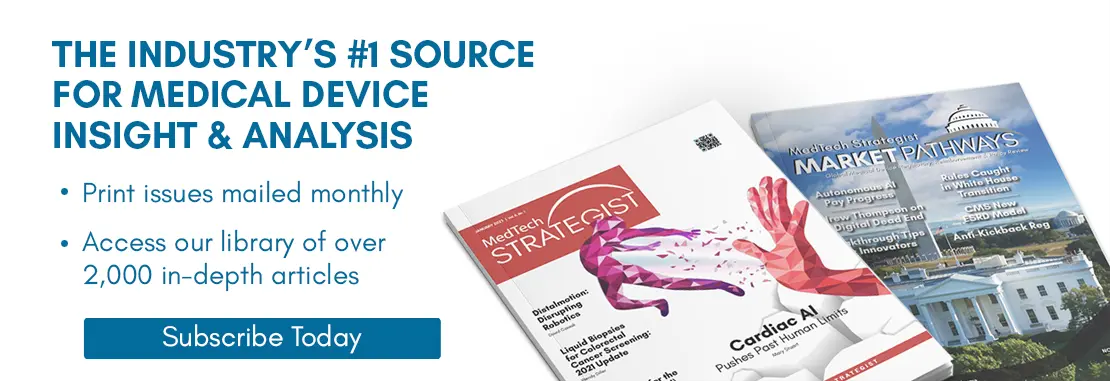ARTICLE SUMMARY:
Launched as a novel collaboration between The Foundry and a major strategic, Ireland-based FIRE1 hopes to revolutionize the way we treat heart failure by, in effect, treating patients as consumers and taking heart failure into an era of deeper patient engagement.
FIRE1’s roots go back to a phone call Foundry CEO Hanson Gifford received just over a decade ago from Joe Almeida, who was at the time CEO of hospital supply powerhouse Covidien. Over the previous two decades, Covidien had become a force in the medical device industry, mostly through a series of opportunistic acquisitions of some of the most important brands and product lines used in US hospitals, lines like Kendall wound care products, CR Bard urological catheters, US Surgical wound closure devices (staplers and sutures), and EV3 peripheral vascular devices. The strategy worked, transforming Covidien into one of the most important medical products suppliers to US hospitals. However, Almeida recognized its inherent limitations, in large part because the newly acquired product lines left Covidien exposed in a medical device universe that was becoming increasingly focused on higher tech, high-margin, physician-preferred products. For all its success through the 1990s and early 2000s, Covidien’s reliance on low- to mid-margin, high-volume products risked putting the company on the outside looking in on a medical device industry whose success was more and more reliant on these preferred products in clinical spaces like interventional cardiology and orthopedics, transforming not just the medical device industry, but healthcare writ large.
Speaking about the phone call from Almeida, Gifford notes, “He was in the process of transforming Covidien and wanted the company to move toward more higher value, innovative products, and didn’t feel he was getting enough innovation from Covidien’s internal R&D efforts.” Rather than continuing to rely solely on internal development, Almeida “turned to outside innovators to bolster Covidien’s innovation, which led him to The Foundry.”(See “FIRE1: A New Model for Early-Stage Device Incubation,” MedTech Strategist, October 9, 2014.)
Gifford points out that The Foundry had had no real relationship with Covidien prior to the phone call. But Covidien had been thinking about establishing its own internal incubation efforts before, in effect, outsourcing that effort to The Foundry and FIRE1. One outside consultant had advised Almeida that internal incubators at large companies were often unsuccessful and suggested that Covidien would have more success teaming up with an external partner.

